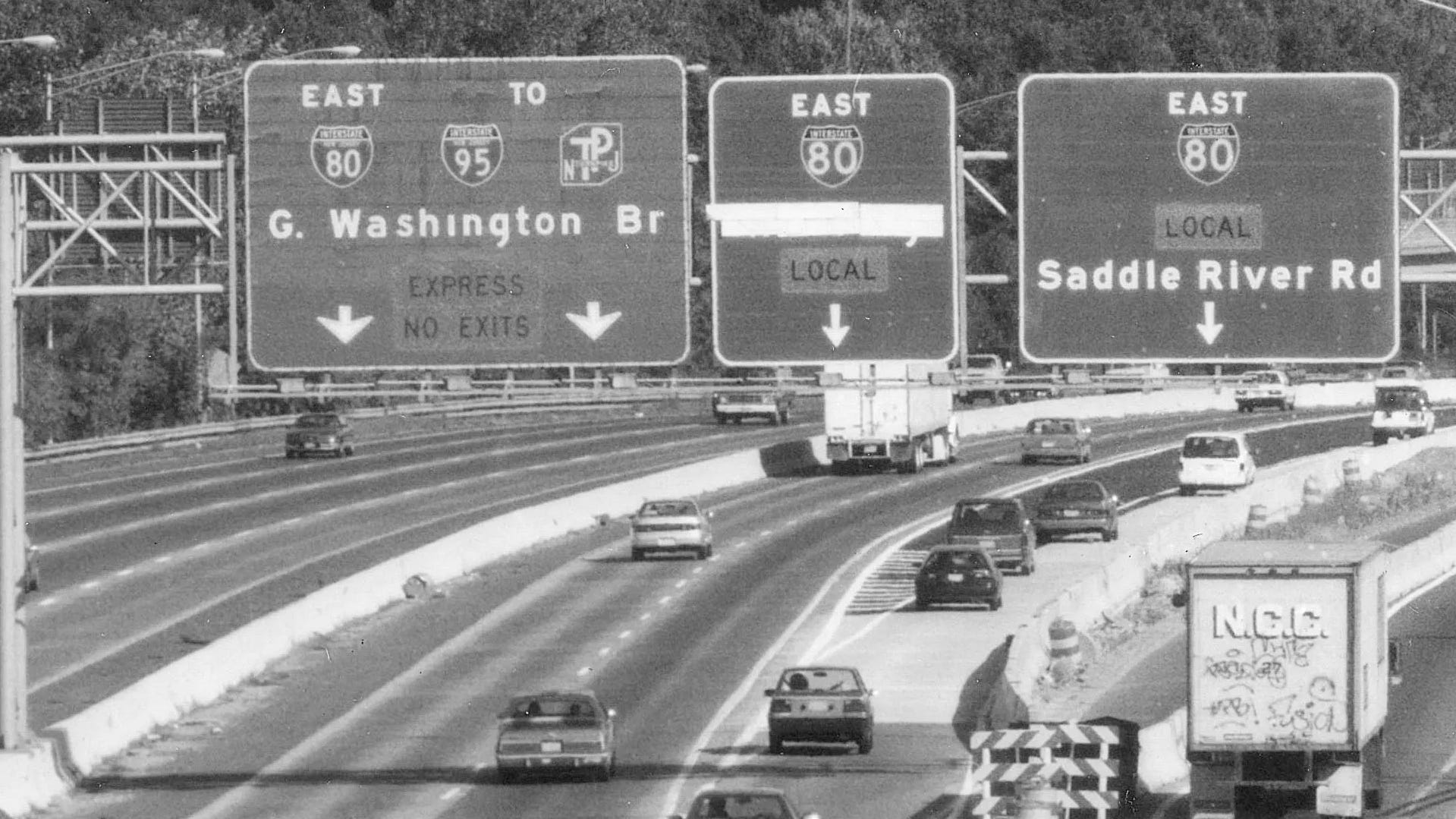2-Minute Read

Route 80 sinkholes: A fascinating development in NJ highway history.
Once known as the Bergen-Passaic-Delaware Expressway, initial plans date back to 1936 with the aim to alleviate congestion on Route 46.
- Advocates believe relief funds will significantly boost businesses in Hopatcong, which have suffered due to diverted traffic.
- To date, the state has approved grants for 201 businesses, amounting to $1.36 million, with $1.1 million already distributed.
State officials are stepping up to the plate, expanding a much-needed $5 million relief fund to assist businesses outside Morris County hit hard by the traffic disruptions caused by the Route 80 sinkhole dilemma.
The grant program is now extending its reach to small businesses located within five miles of Route 80’s Exit 34, effectively broadening the support to every affected county. Previously, the aid was exclusively available to businesses residing in Morris County.
Advocates for this expansion are especially optimistic that it will provide essential support to businesses in Hopatcong, a picturesque town along the shore of Lake Hopatcong in Sussex County, which has experienced a severe decline in customers due to diverted traffic.
Moving Forward: State Assistance and Its Impact
In addition to broadening geographical eligibility, the New Jersey Economic Development Authority (EDA), which oversees this funding, is injecting another $500,000 into the grant pool for businesses adversely affected by the sinkhole situation. This commitment speaks volumes about the state’s dedication to fostering economic recovery during challenging times.
Thus far, only businesses in Morris County have had access to these crucial relief funds, initially targeted to assist downtown Wharton, which has borne the brunt of traffic from I-80.
“Small businesses along Route 80 have faced tremendous challenges due to its closure over the past couple of months for ongoing sinkhole repairs,” stated Governor Phil Murphy. “The additional $500,000 will provide urgently needed support for these businesses. We’re working quickly to get these resources out the door and into the hands of our local small business community.”
A Surge of Applications
The need for financial support is palpable, as demonstrated by the impressive response to the initial funding round. The state received 527 applicants during the first round, available to businesses within five miles of the sinkhole, according to Bruce Ciallelalla, EDA’s chief operations officer. Subsequently, a second funding round attracted 291 applications, confirming the urgent need for relief.
In total, 201 businesses have been approved for funding, netting $1.36 million, with $1.1 million already disbursed.
Governor Murphy initially enacted an emergency declaration early in March, paving the way for the formal establishment of this business relief initiative.
Wharton Businesses Under Siege
Over the recent months, businesses in downtown Wharton have been facing dire consequences due to traffic rerouted from the Route 80 sinkhole closure. The redirected traffic has led to a noticeable drop in footfall, impacting local patronage significantly.
With shoppers diversifying their routes, many are opting to avoid downtown Wharton as well as larger retail venues like the Rockaway Townsquare mall.
Similarly, the roads surrounding Lake Hopatcong have also become bottlenecked with traffic due to this situation, adversely impacting business owners like Dave Cambiotti of Cambiotti’s Tomato Pie Cafe, who has noted a significant drop in lunchtime patrons.
Traffic Woes: Route 15 Affected
The rerouting of traffic onto Route 15, a major artery for Sussex County, has compounded the issues faced by local residents and businesses. Tammie Horsfield, president of the Sussex County Chamber of Commerce, pointed out, “Certainly, Morris County has been severely impacted, but that doesn’t mean surrounding businesses aren’t feeling the effects as well.”
Understanding State Aid
In addition to the original $5 million allocated for the grant, there may be opportunities for an added $15 million from county, state, and federal sources.
The maximum grant amounts vary by the number of employees:
- Up to five full-time equivalent employees: $5,000.
- Between six and 20 full-time equivalent employees: $10,000.
- Between 21 and 50 full-time equivalent employees: $15,000.
These grant calculations are based on the business’s number of full-time equivalent employees, determined by wages and weeks worked, as expressed in filings with the state Labor Department.
Federal Loan Opportunities
For those impacted by the sinkholes, federal assistance is also on the table. Small businesses can apply for low-interest loans of up to $2 million from the U.S. Small Business Administration (SBA). As of May 13, 132 businesses have applied for these loans, with 16 businesses already approved for a combined total of $645,500.
To explore federal disaster relief loans, businesses can reach out to the SBA by calling 800-659-2955 or visiting sba.gov/disaster. The application deadline for these loans is January 2, 2026.






